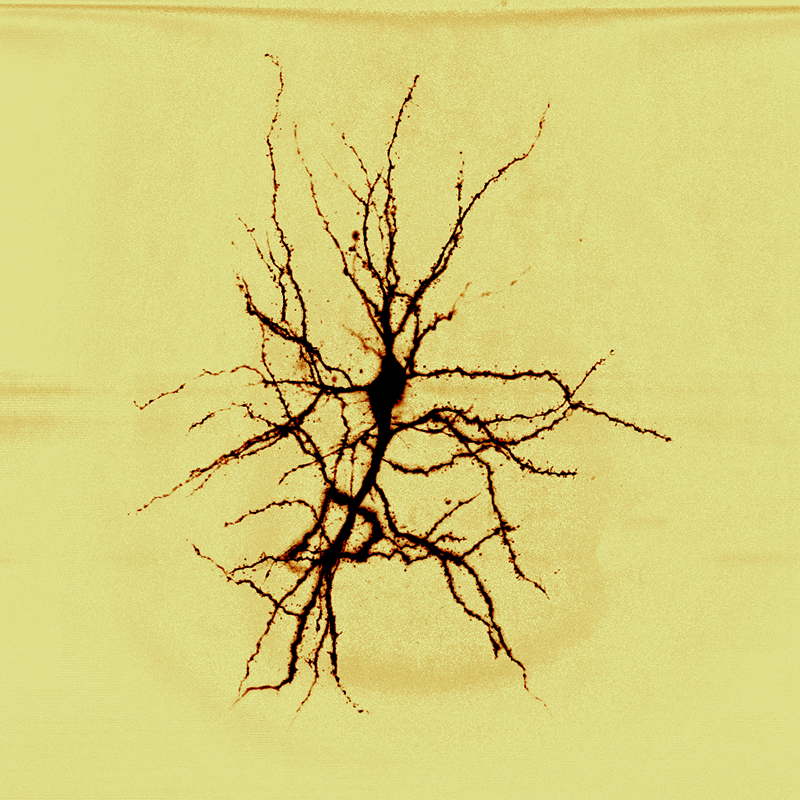Have you ever walked into a room and instantly known where you stood, even with your eyes closed? Or maybe you’ve felt time slow down during a thrilling moment, or found yourself lost in thought, wondering who you really are. These everyday miracles might seem like magic, but they are the result of a remarkable internal system: the brain’s inner map. Our minds hold an astonishing capacity to chart not only the physical world around us but also the passage of time and the very essence of our identity. This unseen navigation system shapes every step we take, every memory we recall, and every realization we have about ourselves. Let’s journey into the heart of this hidden world, exploring how our brains construct the maps that guide our lives.
The Brain’s GPS: Unraveling Spatial Navigation

Our ability to find our way through both familiar and unknown places relies on a hidden network of brain cells known as the “GPS of the brain.” Deep within the hippocampus, scientists have discovered place cells—neurons that become active when we occupy specific locations. These cells fire in unique patterns depending on our surroundings, building a mental blueprint of our environment. Imagine walking through your childhood home; even with your eyes shut, you can almost feel the hallway walls and the distance to the kitchen. This is your brain’s inner map at work, stitching together landmarks and pathways from past experience. When we move, grid cells in the entorhinal cortex add another layer, creating a geometric grid that tracks our position like invisible graph paper overlaying the world. Thanks to these cells, we rarely get truly lost, even in a new city or a darkened room.
Timekeepers in the Mind: How We Sense the Passage of Time

Time can feel like a river, sometimes rushing past and sometimes crawling, but how does the brain keep track of it? Unlike clocks, our brains don’t have ticking gears; instead, specialized neurons known as “time cells” help us sense duration and sequence. These cells, also found in the hippocampus, activate in a cascading pattern as moments unfold. This neural choreography allows us to remember the order of events—like recalling the steps of a recipe or the sequence of a song. For example, when you remember your daily commute, your brain replays a timeline of places and actions. Emotional events, such as a first kiss or a sudden scare, can stretch or compress our sense of time, thanks to the amygdala’s influence on these neural clocks. This flexible sense of timing lets us adapt to a world where time is rarely experienced in a linear, predictable way.
The Self Within: Mapping Our Identity
Beyond space and time, the brain also creates an internal map of our own identity. The medial prefrontal cortex and related areas form a kind of “self network,” allowing us to reflect on our thoughts, memories, and feelings. This internal mapping is why we can imagine ourselves in past and future scenarios, or ponder questions like “Who am I?” and “What do I want?” In moments of deep self-reflection, these brain regions light up, helping us connect past experiences to our current sense of self. For instance, remembering your graduation day isn’t just about the event—it’s about how it made you feel and how it shaped who you are today. This internal map is always evolving, constantly updated by new experiences and insights.
From Rats to Humans: The Discovery of Place and Grid Cells

The story of the brain’s internal mapping began with an unexpected hero: the humble laboratory rat. In the 1970s, researchers discovered that certain neurons in a rat’s brain fired only when it occupied specific spots in a maze. This groundbreaking finding led to the identification of place cells. Decades later, scientists uncovered grid cells, which fire in a repeating hexagonal pattern, forming a coordinate system for navigation. These discoveries were so revolutionary that they earned the Nobel Prize in Physiology or Medicine in 2014. Remarkably, similar neurons have now been found in humans, confirming that we share this ancient navigational toolkit. The journey from rat mazes to human brain scans reveals how curiosity and perseverance can unlock the deepest mysteries of the mind.
Memory and Navigation: Two Sides of the Same Coin
Why do we remember where we parked our car or the layout of a favorite vacation spot? It turns out that spatial navigation and memory are deeply intertwined. The hippocampus, home to place and time cells, is also crucial for forming long-term memories. When you recall a trip to the beach, your brain reconstructs not just the sights and sounds but also the spatial layout—the path to the water, the location of your towel. This overlap explains why people with damage to the hippocampus often struggle to recall past events or navigate familiar routes. Our memories are, in a sense, maps—vivid, detailed, and anchored in the spaces where our lives unfold.
The Brain’s Compass: Sensing Direction

Finding our way is not only about recognizing places but also knowing which way we’re facing. Head direction cells, scattered throughout the brain, act like a compass, firing when we turn our heads in a particular direction. If you’ve ever spun around and still known which way is north, you’ve felt the power of these neural compasses. These cells work together with place and grid cells, updating our internal map as we move. For example, when hiking an unfamiliar trail, your brain constantly recalibrates your sense of direction, helping you retrace your steps or explore new routes. This seamless teamwork keeps us oriented, even when landmarks are scarce.
Body in Space: The Sense of Where We Are
Have you ever stumbled in the dark yet still managed to catch yourself? This is the brain’s sense of proprioception—the ability to know where our body parts are without looking. Sensory receptors in our muscles and joints send signals to the brain, updating our internal body map in real time. The parietal cortex integrates these signals, allowing us to reach for a glass without knocking it over, or dance with our eyes closed. When this system falters, as in certain neurological conditions, even simple movements can feel disorienting. Our sense of body position is a silent, ever-present guide, working alongside our mental maps of the world.
When Maps Go Wrong: Disorders of Navigation and Self

The brain’s mapping abilities, though astonishing, are not infallible. In conditions like Alzheimer’s disease, the neural circuits responsible for spatial navigation and memory begin to break down. People may get lost in familiar places or struggle to recognize once-loved faces. Other disorders, such as depersonalization or schizophrenia, can disrupt the sense of self, making individuals feel detached from their own bodies or thoughts. These experiences highlight how fragile and precious our internal maps are. Scientists are racing to understand these breakdowns, searching for ways to restore or strengthen the brain’s navigational systems.
Technology Imitates Nature: The Brain Inspires New Maps
The discoveries of place and grid cells have not stayed confined to biology—they’ve sparked a revolution in technology. Engineers and computer scientists are designing navigation systems for robots and self-driving cars based on the brain’s mapping strategies. By mimicking the way the hippocampus and entorhinal cortex encode space, these artificial systems are becoming better at exploring unfamiliar environments and avoiding obstacles. This cross-pollination of ideas shows how nature’s solutions to complex problems can inspire new innovations. The brain’s elegant mapping systems may one day guide everything from rescue drones to Mars rovers.
Dreams, Imagination, and the Expanding Map
Our inner maps are not limited to the real world—they expand and adapt in dreams and imagination. When we dream of flying over cities or wandering through impossible landscapes, the same brain regions that handle real navigation light up. Artists and writers rely on this creative mapping to build fictional worlds and compelling stories. Even daydreams—those fleeting mental journeys—draw from our brain’s ability to reshape spaces and timelines. This power to imagine, to travel without moving, is one of humanity’s most astonishing gifts. It blurs the line between reality and possibility, allowing us to explore not just the world, but the infinite landscapes within ourselves.
The Future of Mapping the Mind
As neuroscience advances, the secrets of the brain’s inner maps are just beginning to unfold. Cutting-edge brain imaging, virtual reality, and artificial intelligence are offering glimpses into how we navigate not only cities and forests but also the ever-shifting terrain of our lives. Scientists hope to harness this knowledge to treat memory loss, improve mental health, and even unlock new ways for humans and machines to work together. The age-old quest to understand ourselves now has a new frontier: mapping the mind itself, in all its astonishing depth and complexity.
In this ongoing exploration, we may discover that the greatest map of all is the one that leads us back to ourselves.



